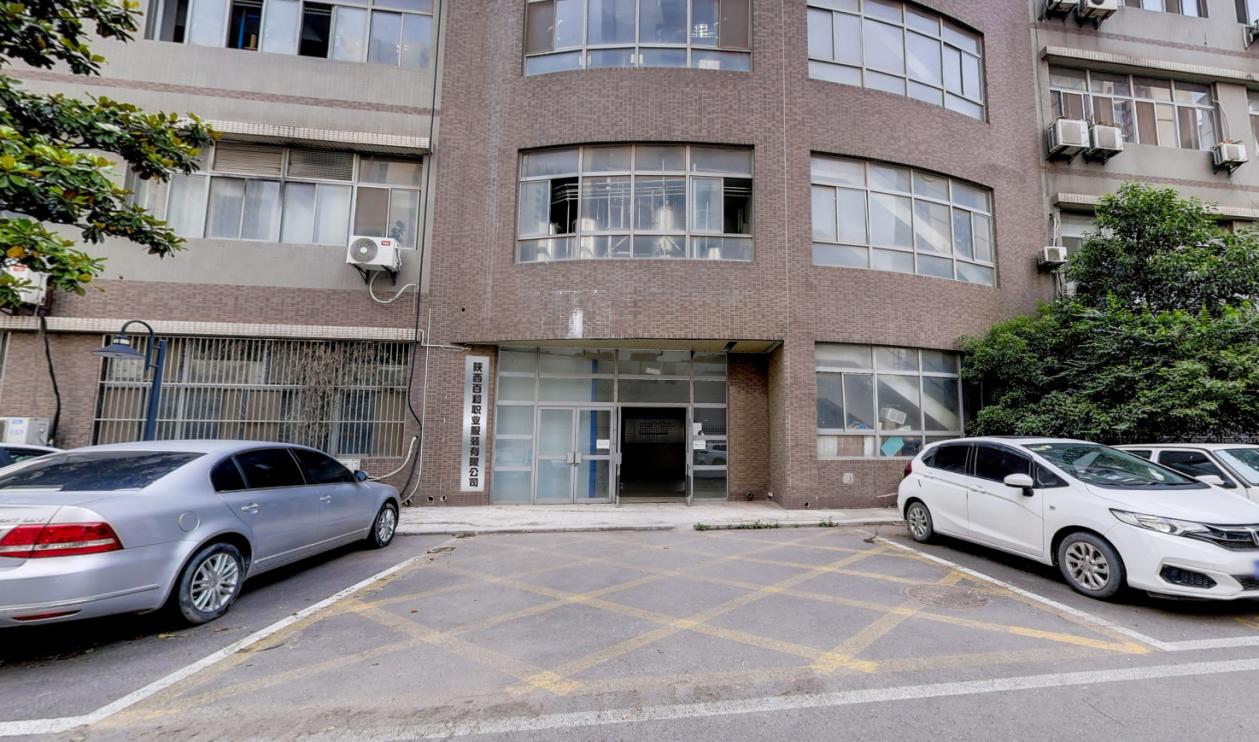A medical imaging device that can create 3D renderings of the entire human body in as little as 20 seconds could soon be used for a wide variety of research and clinical applications.
The modified positron emission tomography (PET) scanner is faster than conventional PET scans 鈥?which can take an average of 20 minutes 鈥?and requires less radiation exposure for the person being imaged. Researchers presented video taken by the device last week at the US National Institutes of Health鈥檚 High-Risk, High-Reward Research Symposium in Bethesda, Maryland.
The machine could be especially helpful for imaging children, who tend to wiggle around inside a scanner and ruin the measurements, as well as for studies of how drugs move through the body, says Sanjay Jain, a paediatrician and infectious-disease physician at Johns Hopkins University in Baltimore, Maryland.
Standard PET scanners detect 纬-rays from radioactive tracers that doctors inject into the person being imaged. The person鈥檚 cells take up the molecule and break it down, releasing two 纬-rays. A ring-shaped detector positioned around the person measures the angle and speed of the rays and reconstructs their origin, creating a 3D map of the cells that are metabolizing the molecule.
The ring is just 25 centimetres thick, however, so physicians can image only a small portion of the body at a time. Capturing larger areas requires them to dose the person with more of the radioactive molecule 鈥?it decays quickly, which means the signal fades fast 鈥?and move them back and forth through the ring.
Biomedical engineer Ramsey Badawi and his colleagues at the University of California, Davis, solved this problem by connecting eight PET scanner rings into a 2-metre-long tube that can image the entire body at once. It creates a rendering in 1/40 of the time of a conventional scanner, using 1/40 of the radiation dose and so reducing the radiation risk. The researchers can also leave someone in the scanner for longer periods and take motion-capture images to see how a radioactive tracer spreads through the body.
The US Food and Drug Administration approved the modified scanner for use in the United States last December, and Badawi plans to scan the first patients with it in California next month.
鈥淭he whole-body machine is another quantum jump in medical imaging,鈥?says Abass Alavi, a radiologist at the University of Pennsylvania in Philadelphia. He is collaborating with Badawi to use the modified PET scanner to study atherosclerosis, a condition where plaque builds up in a person鈥檚 arteries.
Eventually, Alavi says, physicians might be able to use the 2-metre-long device to see if certain drugs helped to treat the artery-clogging disease. Conventional PET scanners aren鈥檛 usually used for this purpose because of the cost and the radiation exposure to the person, says Badawi.
Jain is hoping to use the device to test a radioactive sugar tracer he鈥檚 developed that鈥檚 ingested by bacterial but not mammalian cells. Injecting the tracer into people suspected of having a bacterial infection could highlight where in the body the bacteria are concentrated. Jain鈥檚 lab is also developing tracers that could distinguish between types of bacteria. The modified PET scanner is 鈥渁 dream come true for people like me鈥?who study how drugs move through the body, he says.
Nature 570, 285-286 (2019)
 时尚街拍网
时尚街拍网














